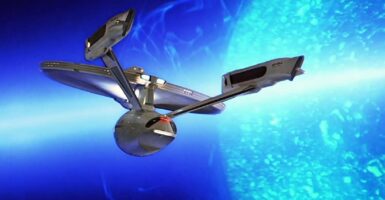Asteroids Carrying Water On Surface Discovered For First Time
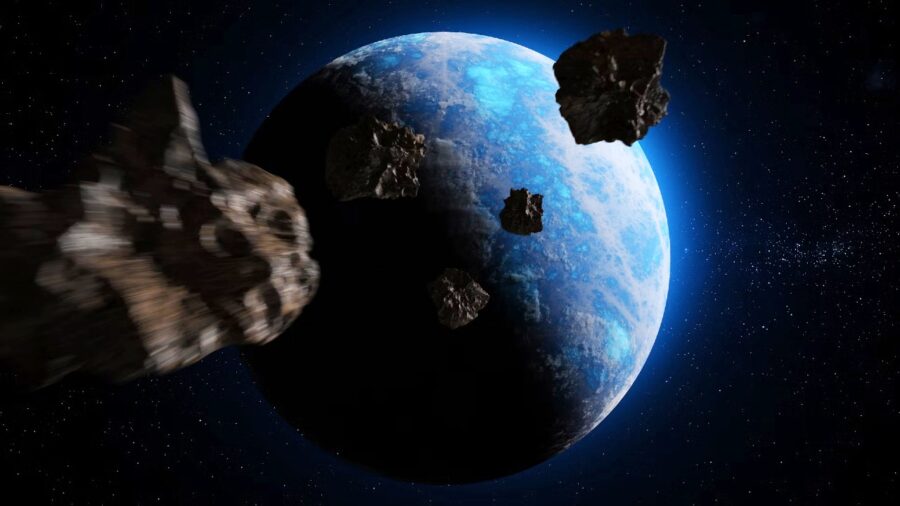
Asteroids in our Solar System have long been considered devoid of water due to the harsh conditions of space. However, a recent breakthrough has shattered this perception, as data from the Stratospheric Observatory for Infrared Astronomy (SOFIA) discovered the presence of water on two asteroids – Iris and Massalia.
Meet Iris And Massalia
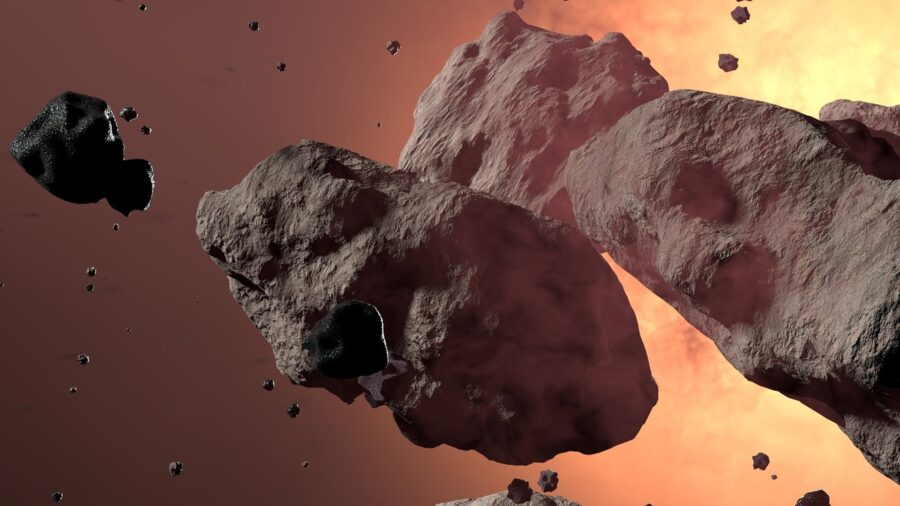
Iris and Massalia are located in the asteroid belt between Mars and Jupiter, where over a million of their celestial counterparts orbit the Sun. With a diameter of 199 km, Iris is one of the more prominent members of this cosmic community, surpassing 99 percent of other asteroids. It orbits the Sun at an average distance of 2.39 astronomical units and completes an orbit every 3.7 years.
Massalia, comparable in size to Iris with a diameter of 135 km, shares a similar orbit within the asteroid belt. These asteroids challenge the conventional belief that these celestial bodies should be devoid of water, prompting a reevaluation of their composition and history. Asteroids throughout the Solar System feature different compositions influenced by their distance from the Sun.
Asteroid Composition Changes Depending On Distance From The Sun
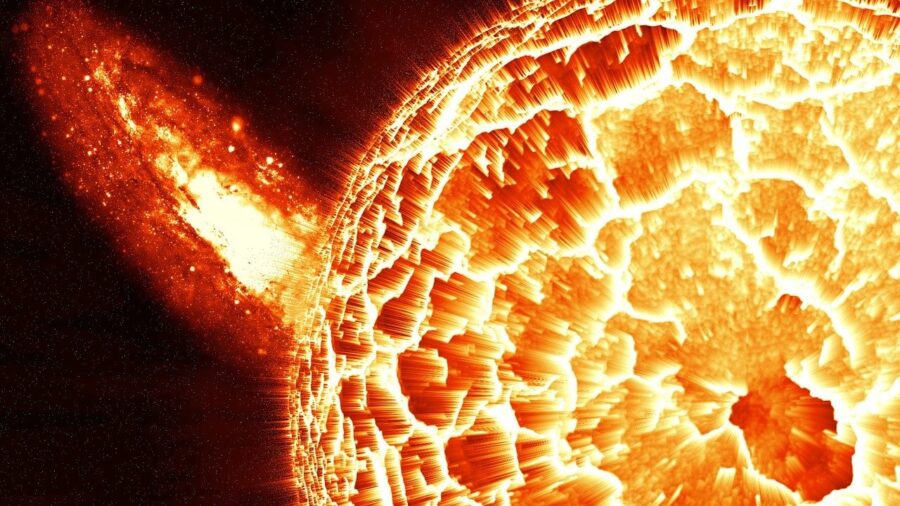
Closer to the Sun, silicate asteroids devoid of ice predominate, while farther out, icy asteroids become more prevalent. Understanding this distribution provides insights into the composition and transfer of elements during the solar nebula phase, shedding light on the conditions that existed before planets and asteroids took shape.
Key To Finding Other Life?
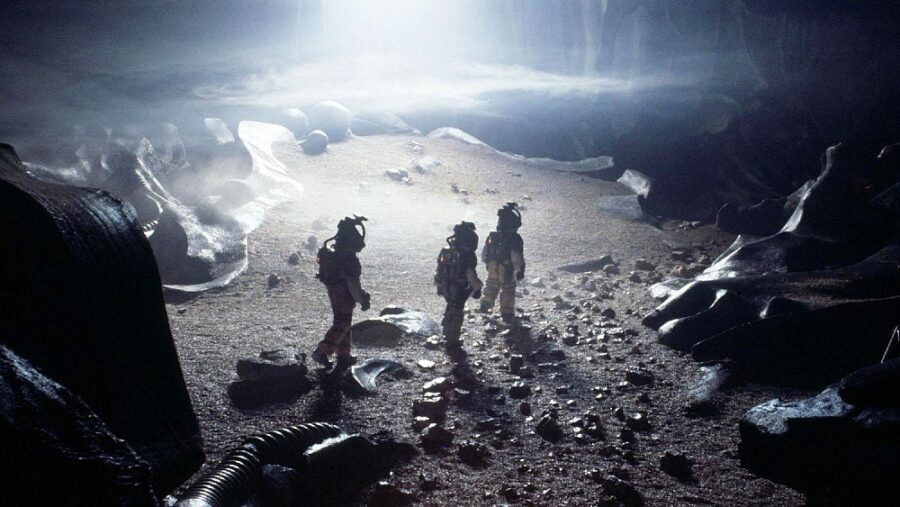
The discovery of asteroids containing water not only reshapes our understanding of the Solar System but also holds significant implications for the study of exoplanetary systems. If scientists can figure out the distribution of water in our celestial neighborhood, it could offer valuable clues about its prevalence in distant systems and, perhaps, the potential for extraterrestrial life.
Water On The Moon
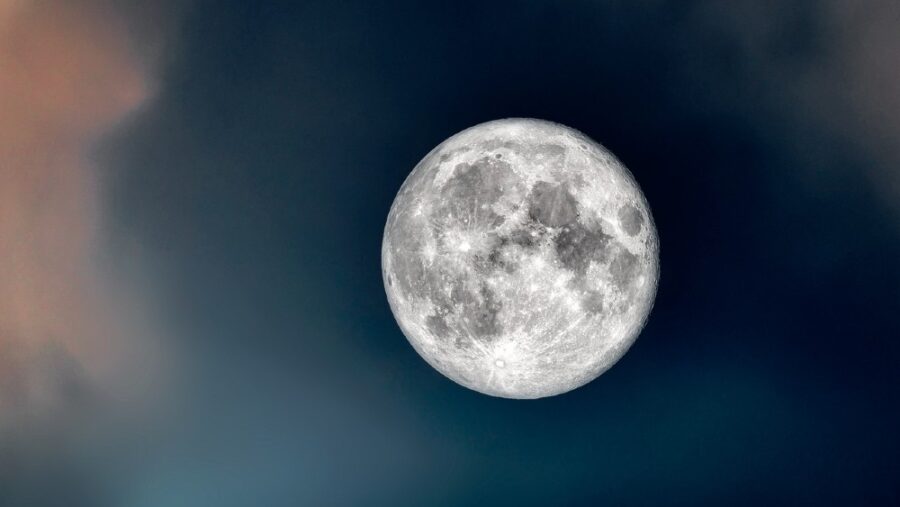
The Stratospheric Observatory for Infrared Astronomy (SOFIA), which retired in 2022, played a crucial role in finding asteroids with water content. Using its Faint Object InfraRed Camera, SOFIA detected the signature of water molecules on the surfaces of Iris and Massalia. This technique was previously used to identify water on the Moon in October 2020.
The discovery of water on the Moon was a culmination of efforts by multiple space agencies over several decades. Initially, the belief that the Moon’s surface was dry was challenged by the discovery of water-bearing minerals at most latitudes on the Moon by NASA’s Cassini spacecraft in 1999. Subsequent missions, such as NASA’s Clementine and Lunar Prospector, provided further evidence.
However, the definitive discovery came in 2020 when NASA’s SOFIA mission confirmed the existence of water on the sunlit area of the lunar surface, and China’s Chang’e 5 mission found water locked in tiny glass beads on the Moon’s surface. The asteroids, Iris and Massalia, were found to have water in a similar locked-up state – bound to minerals and absorbed by silicates.
Studying The Asteroids With The James Webb Telescope
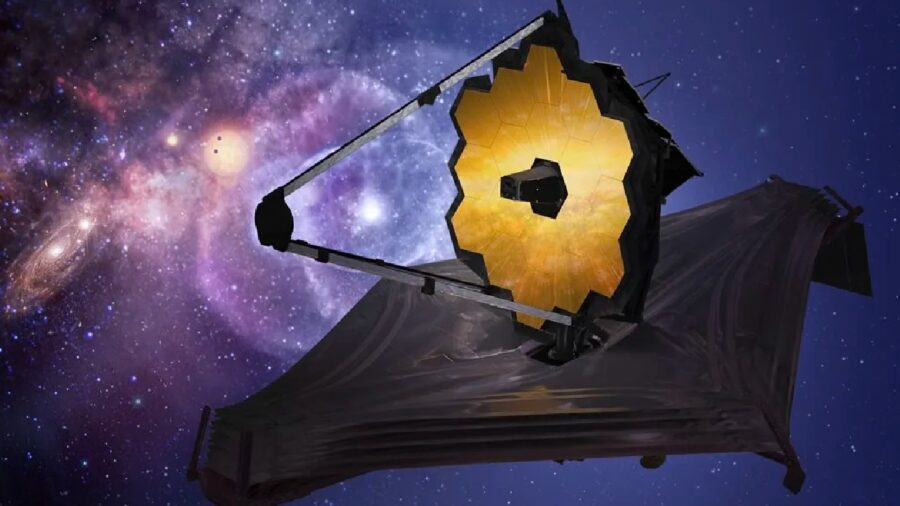
While the study marks a significant milestone, further analysis is required to fully understand water distribution across the Solar System. The James Webb Space Telescope, equipped with higher-quality optics and a superior signal-to-noise ratio, will be the next frontier for the research team. This advanced telescope is expected to provide more detailed insights into the asteroids’ water content.









